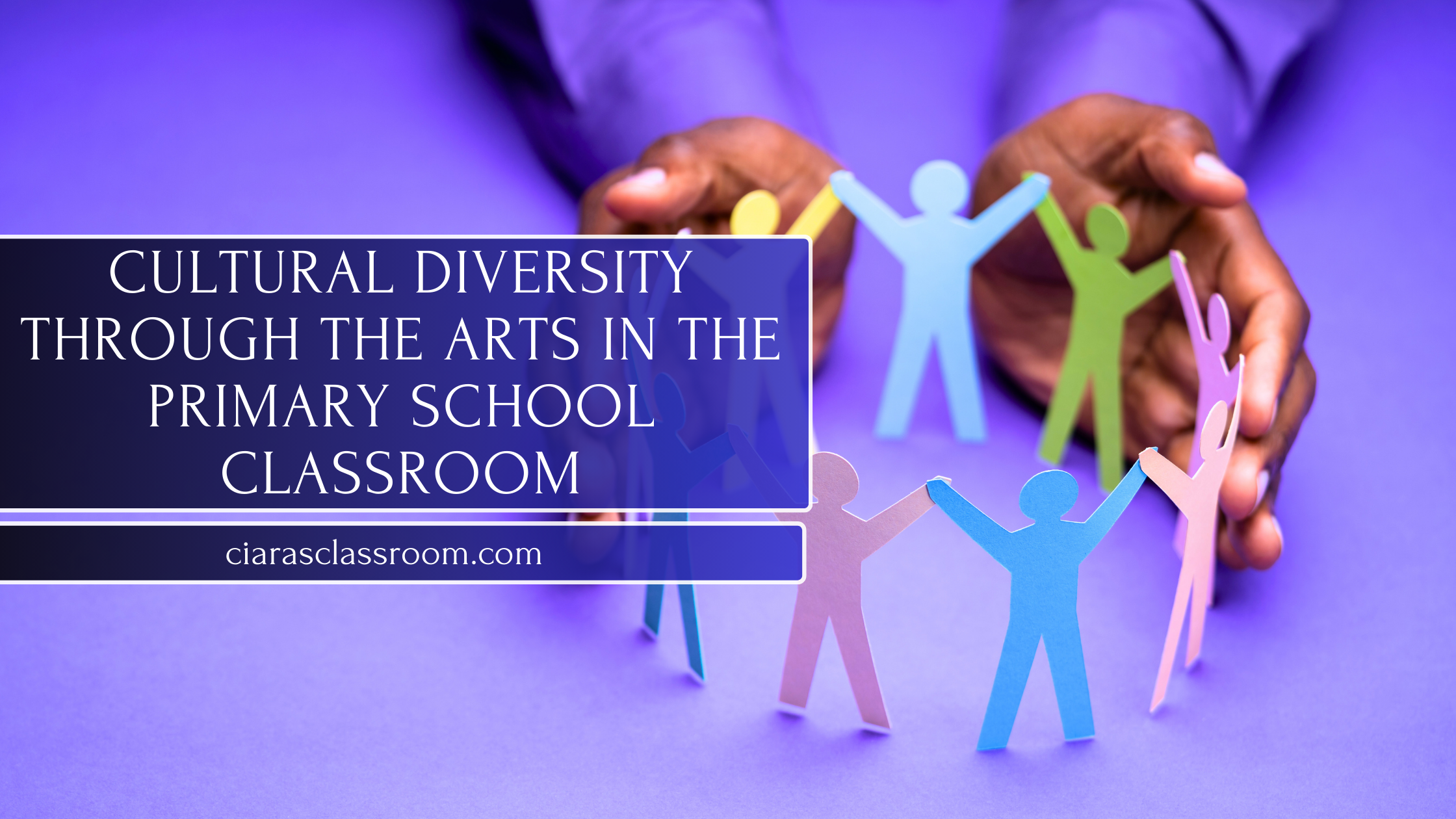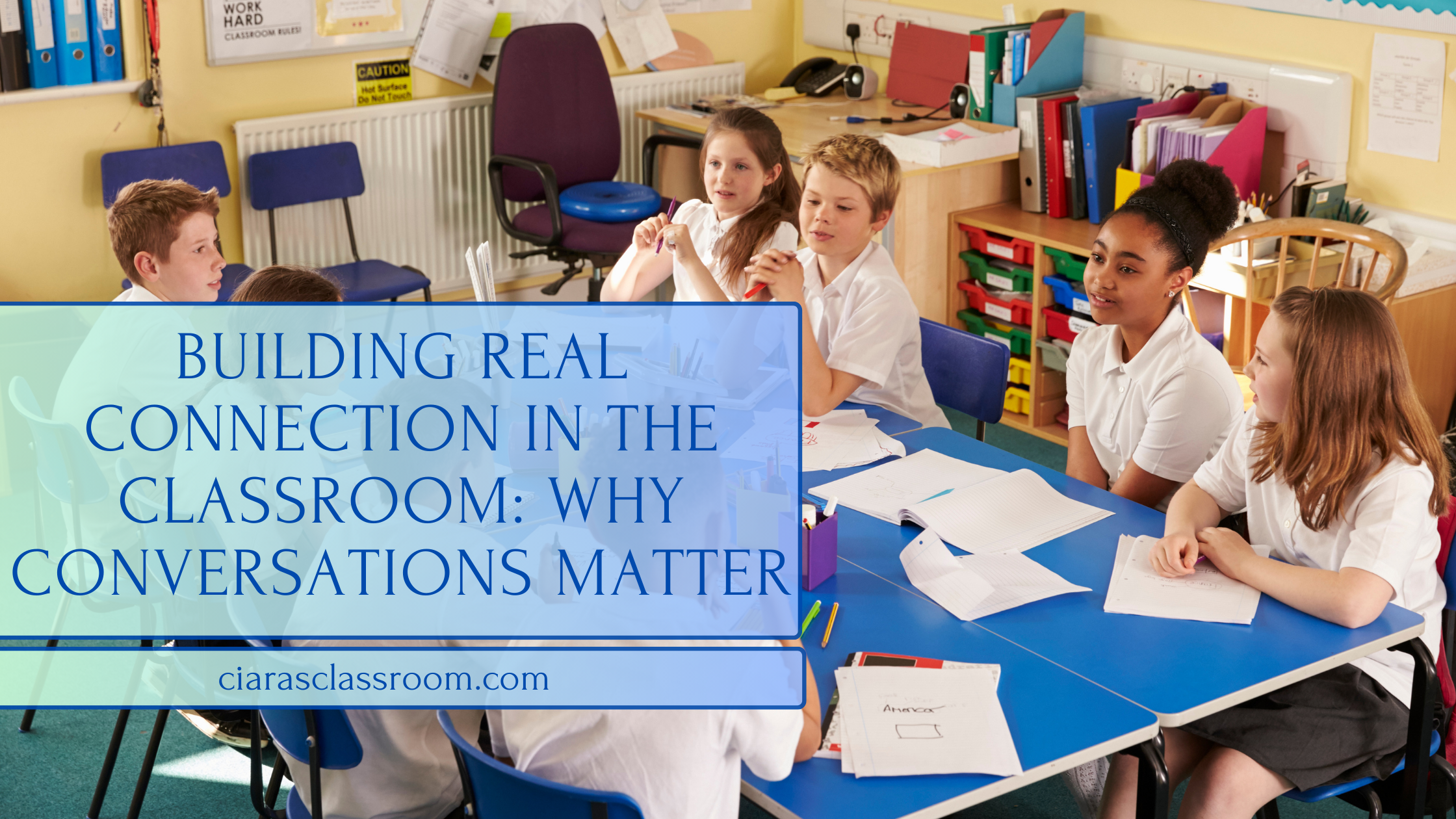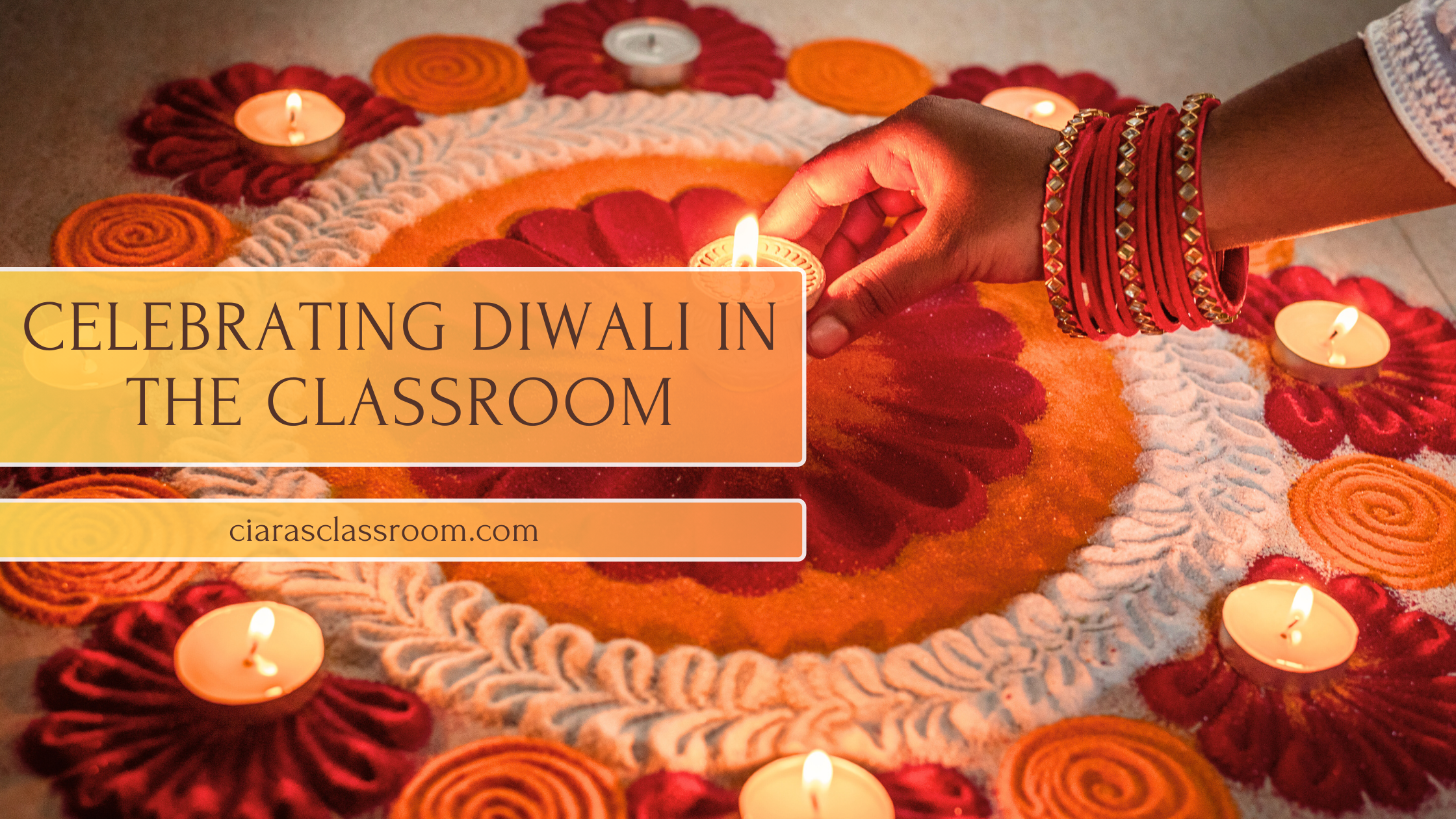Exploring and Celebrating Cultural Diversity Through the Arts in the Primary School Classroom
- 03 Feb, 2025

The arts have a unique ability to bring people together, spark creativity, and foster understanding. In the primary school classroom, they offer an engaging way to celebrate cultural diversity while nurturing inclusivity. By incorporating diverse traditions, stories, and perspectives into art, music, drama, literature, and dance, you create a welcoming environment where every child feels seen and valued. Reflecting diversity in your lesson content also helps students develop empathy, respect, and a broader understanding of the world—a cornerstone of anti-racist education.
Here are some engaging and respectful ideas for incorporating cultural diversity through the arts in your classroom:
1. Visual Art: Exploring Global Perspectives
- Create Collaborative Art Projects: Students can work together to create murals inspired by global art styles, such as Aboriginal dot paintings, Islamic geometric designs, or Mexican papel picado (decorative paper art). Discuss the cultural significance of these styles before starting.
- Study Diverse Artists: Introduce your students to artists like Alma Thomas (African-American), Katsushika Hokusai (Japanese), Frida Kahlo (Mexico), El Anatsui (Ghana), or Pauline Bewick (Irish). Use their work as inspiration for your students’ own creations.
- Cultural Patterns and Symbols: Explore patterns and motifs from various cultures, such as Celtic knots or Adinkra symbols from Ghana. Have students design their own symbols that represent values important to them.
2. Music: Celebrating Global Sounds
- World Music Listening Sessions: Play music from different countries, such as West African drumming, Indian classical music, or Irish traditional tunes. Discuss the instruments and rhythms used, and how music reflects cultural identity.
- Create Rhythmic Patterns: Provide simple percussion instruments and allow students to recreate rhythms from the styles they’ve studied.
- Cultural Singing Activities: Teach songs from around the world, such as Funga Alafia (West African greeting song) or Beidh Aonach Amárach (Irish traditional song). Discuss the meanings and contexts of the songs to promote understanding.
3. Drama: Building Connection and Understanding Through Stories
- Exploring Folktales Through Performance: Share folktales or legends from different cultures, such as Anansi the Spider (West Africa/Carribean), The Legend of the Rainbow Serpent (Indigenous Australian), The Bremen Town Musicians (Germany), or The Children of Lir (Ireland). Students can create simple performances that focus on the emotions or lessons within these stories.
- Role on the Wall: Use a drama strategy like “role on the wall,” where students brainstorm and write about a character’s feelings, thoughts, and actions. This is a safe way to explore stories without mimicking cultural identities.
- Living Museum: Create a “living museum” where students research historical figures from diverse backgrounds and present facts, in first-person narration, about their lives and contributions.
4. Literature: Stories That Reflect the World
- Introduce Diverse Picture Books: Select diverse picture books and stories like ‘The Name Jar’ by Yangsook Choi or ‘Sulwe’ by Lupita Nyong’o. Discuss the themes and perspectives these stories offer.
- Explore Poetry Across Cultures: Share poems from different traditions, such as Limerick’s from Ireland, cillanelle from France, slam poetry from America, or Haiku from Japan. Students can write their own poems inspired by these forms.
- Author Studies: Highlight authors from a variety of backgrounds, such as Malorie Blackman or Ezra Jack Keats, and encourage discussions about the themes in their work.
5. Dance: Moving Through Cultures
- Learn Traditional Dances: Introduce dances like Irish céilí, salsa from Latin America, or Bharatanatyam from India. Discuss their origins and cultural meanings, emphasising appreciation over imitation.
- Cultural Dance Videos: Show videos of traditional performances, like céilí dancing, Maori haka, samba, gumboot dance. Use these as starting points for discussions about culture and identity.
- Create a Class Dance: Students can work together to choreograph a dance inspired by a cultural theme, focusing on universal values like friendship, celebration, or resilience.
Why the Arts Are Essential for Celebrating Diversity
The arts are a universal language that transcends boundaries and helps children explore the beauty of cultural diversity. By incorporating diverse artistic expressions into your teaching, you encourage students to appreciate differences while finding common ground.
As educators, it’s vital to approach these lessons with respect and thoughtfulness. Always research the cultural traditions you are introducing and share them with the intention of fostering appreciation—not appropriation. Invite students to share their own traditions and experiences where appropriate, creating a classroom environment that values every voice.
By celebrating cultural diversity through the arts, we not only enrich our students’ education but also help them grow into empathetic, open-minded global citizens.


.png)